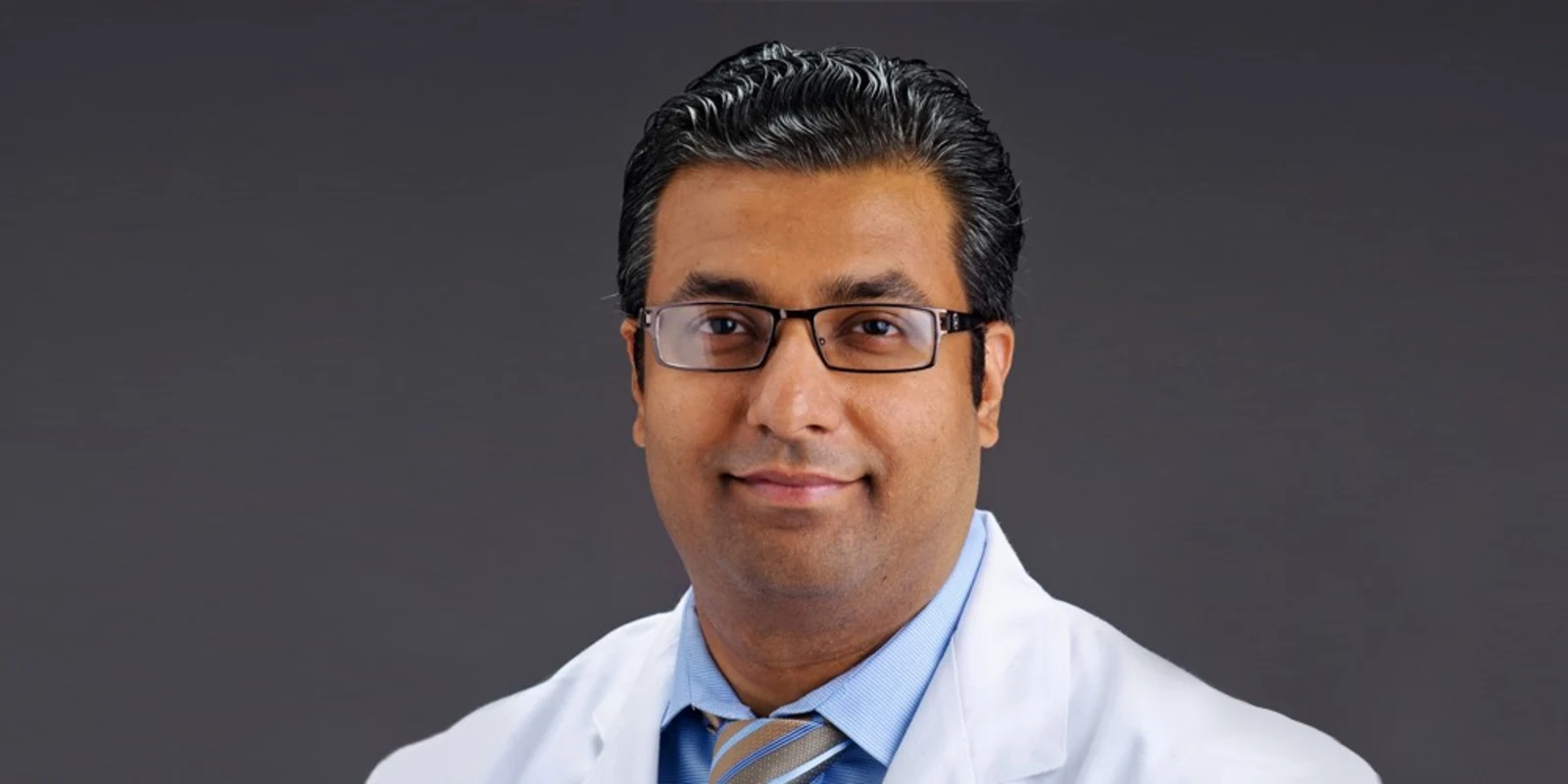
Specialty: Neurology
Education: Bangalore College of Medicine, Cleveland Clinic Foundation — Florida, Washington University
Area(s) of Expertise: Neuromuscular medicine, electromyography
Current Position(s): Assistant Professor of Neurology, University of Missouri Health Care; Clerkship Director, University Physicians Neurology Clinic
1. How do you prepare for your workday?
One of the most important things I have started doing is organizing my week well in advance, using my phone, and reviewing important tasks and goals that need to be done each day during the previous evening. In addition, I also review patient charts and [make sure I] know the key clinical history, and in some cases, a tentative plan of care in my mind.
2. What is the most challenging part about being in your specialty?
The most challenging part of being a neurologist is educating patients about neurological conditions and making them a partner in their care. For example, if you have a [patient with a] fracture, it is easy to explain that your bone is broken. But it is very difficult to explain conditions like myasthenia gravis, or Parkinson’s disease, or other neurological disorders. We want patients to understand what is going on with them, so we can make them partners in their care; and that is one of the keys of providing patient centered care.
3. What are some exciting new developments or technologies in your field?
The field of neurology and neuromuscular medicine is undergoing rapid advances. Gene therapy, especially in the form of anti-sense oligonucleotide therapy, has recently come into clinical practice. For example, Nusinersen is an anti-sense oligonucleotide indicated for treatment of spinal muscular atrophy (SMA) in pediatric and adult patients. In addition, more than 15 drugs have been approved by the FDA for treating patient with multiple sclerosis. Recently, the lymphatic system of the brain was discovered, and there are exciting new developments connecting the gut and the brain.
4. What area of your specialty is changing most rapidly?
Genetic etiology of many diseases has come to the forefront of our clinical practice. The C9orf72 gene has been identified as one of the most common genetic causes of ALS. The DNA analysis of 1,866 families affected by autism looked at the growing list of more than 500 gene changes known to increase autism risk. Of course, how these genetic markers will impact treatment is yet to be seen.
5. What is the last journal article or piece of research that significantly changed your practice?
Thymectomy had been a mainstay in the treatment of myasthenia gravis, but there was no conclusive evidence of its benefit. I had often hesitated to refer patients to thymectomy if they didn’t have a thymoma. But in a randomized multicenter study of 126 patients, transsternal thymectomy with standard treatment improved clinical outcomes over a 3-year period even in patients with non-thymomatous myasthenia as compared to standard treatment alone (N Engl J Med 2016; 375:511–522). Now I routinely screen and refer patients with myasthenia gravis to thymectomy.
6. What research are you working on?
I am working on three projects. The first project is [aimed at] developing a clinical model on integrating palliative care into the multidisciplinary ALS care team. The second is on developing AAV gene therapy for SOD1 canine degenerative myelopathy. The third one is on developing different practice models for teleneurology.
7. Outside of your daily practice, do you have any personal or professional projects that you’re passionate about? Please explain in detail.
Horology is my passion. I love collecting vintage timepieces, and I make sure to visit yard sales and flea markets to add to my collection.
8. What is a common misconception that other clinicians have about your specialty?
The most common misconception that other clinicians, and even students have, is that neurology is all about localization, and there is no treatment; nothing could be further from truth. Gene therapy for many diseases has come to clinical practice. There are more than 15 disease modifying treatment for multiple sclerosis. Endovascular therapy has become standard of care for large vessel ischemic stroke and has shown to reduce both mortality and morbidity. Neuromodulation has come to the fore front for various conditions including Parkinson’s disease, tremors and even seizures. While we have some way to go before we can find a cure or even ways to slow neurodegenerative conditions, much progress has been made in understanding their pathophysiology and genetics.
9. Who are your mentors?
I am thankful to my chairman Dr Pradeep Sahota for his guidance when I started as a new faculty. My mentors at the neurology department in Cleveland Clinic Florida and Washington University in St Louis neuromuscular division have always been a source of inspiration.
10. What’s the best advice you’ve ever received?
The best advice was from my residency program director Dr. Salgado — it’s OK not knowing, it’s OK to tell patients that we don’t know, and most importantly, it’s OK to ask for help or advice regarding patient care, irrespective of how long you have been practicing.
11. What has been your most gratifying moment of being a clinician?
The most gratifying moment has been when my patient’s wife came to my office to thank us for the care we had provided to her husband. Her husband passed away from ALS, and I had felt that I had failed them. But it was very gratifying to hear from her that without our care and compassion, she would not be able to care for her husband in his final days.
12. What feature of Doximity is most useful to you, and how do you use it?
DocNews is the most useful feature for me. I look forward to getting the curated news customized to my needs and practice.






